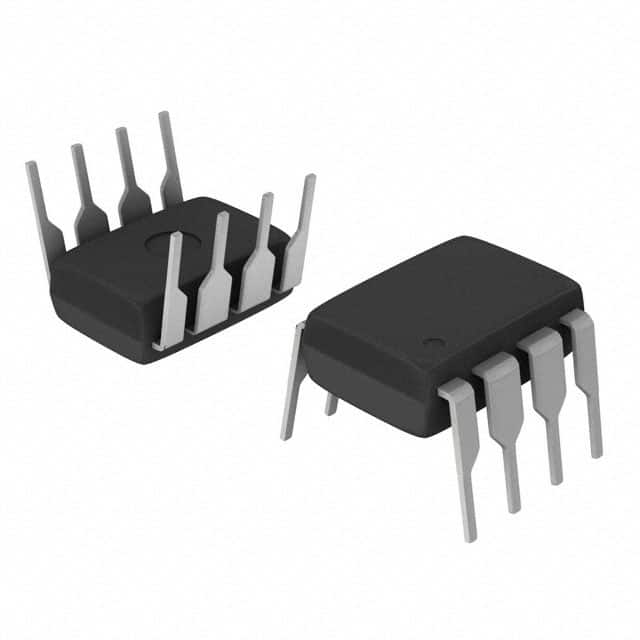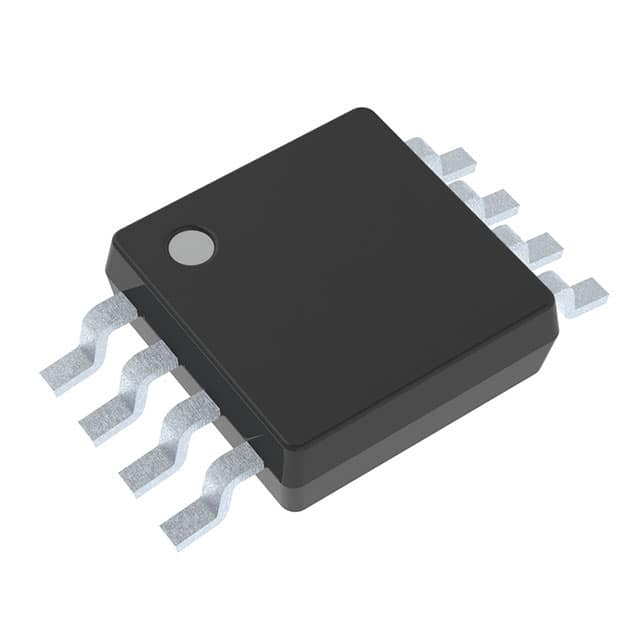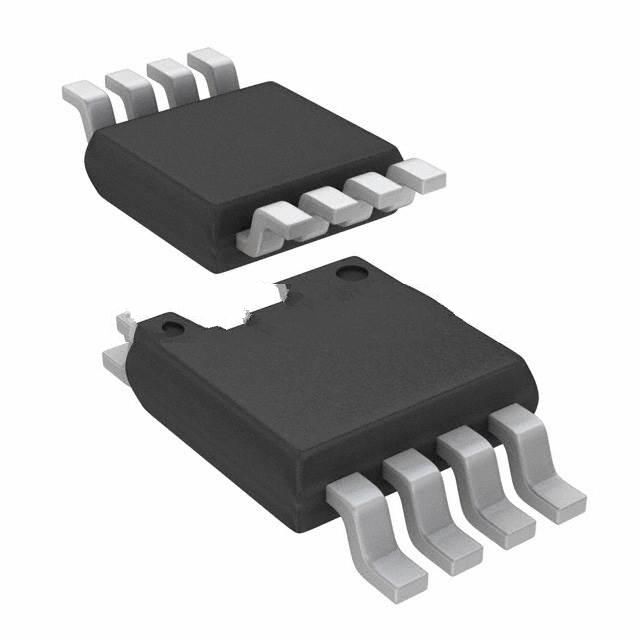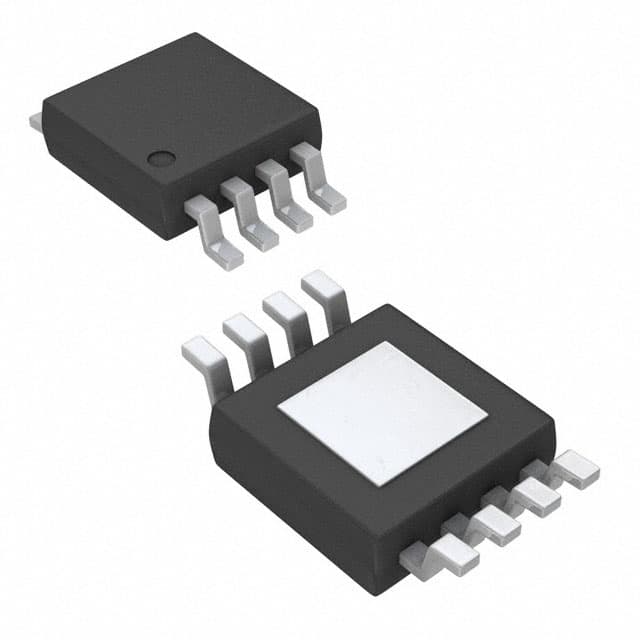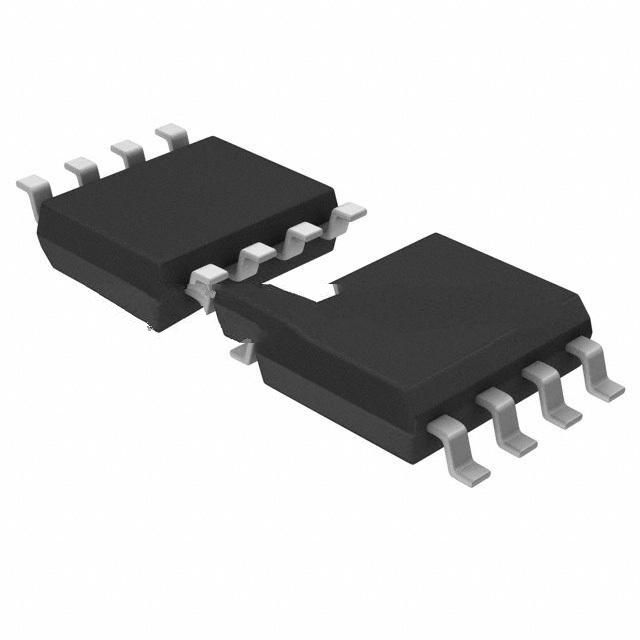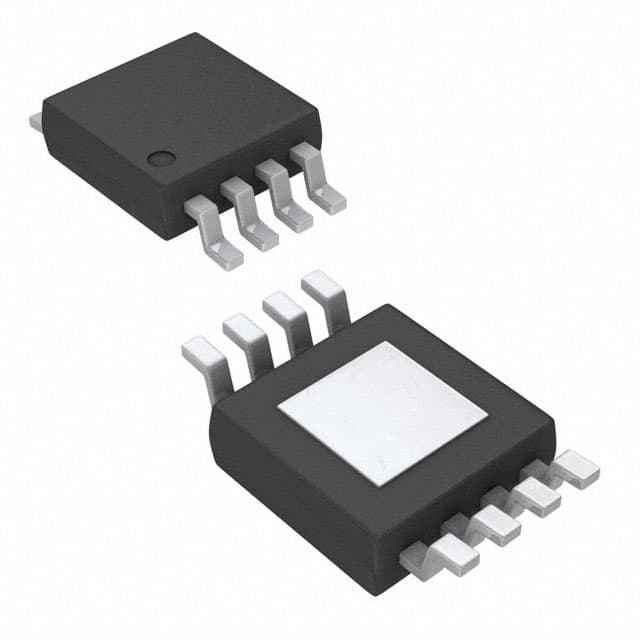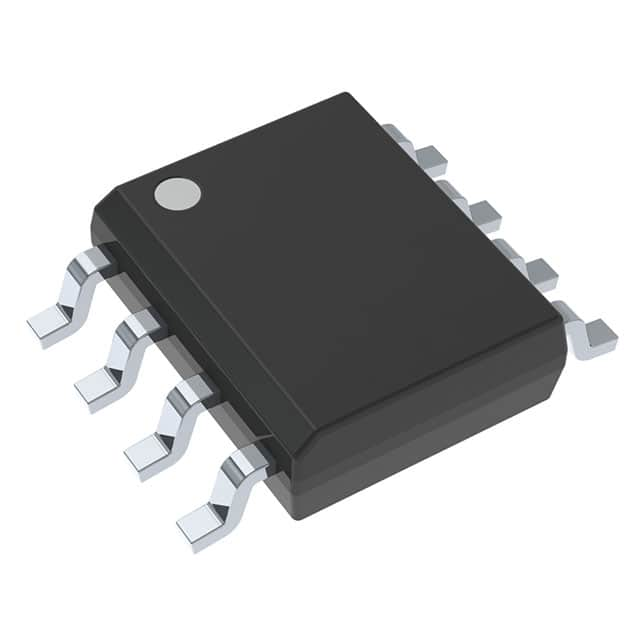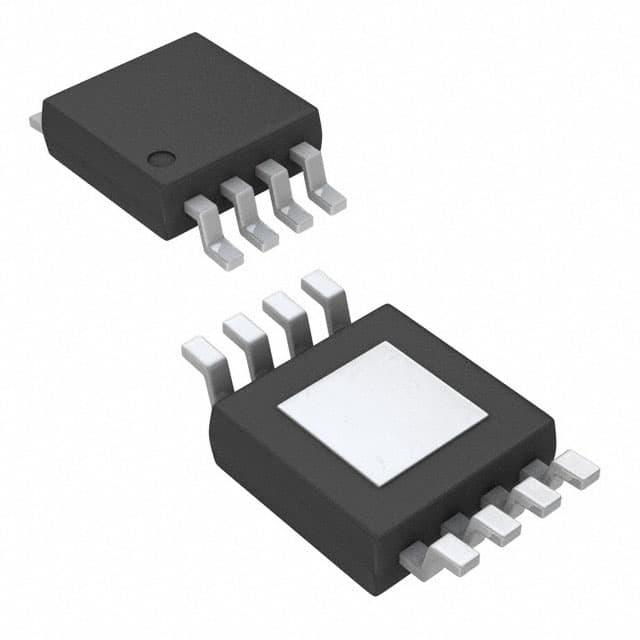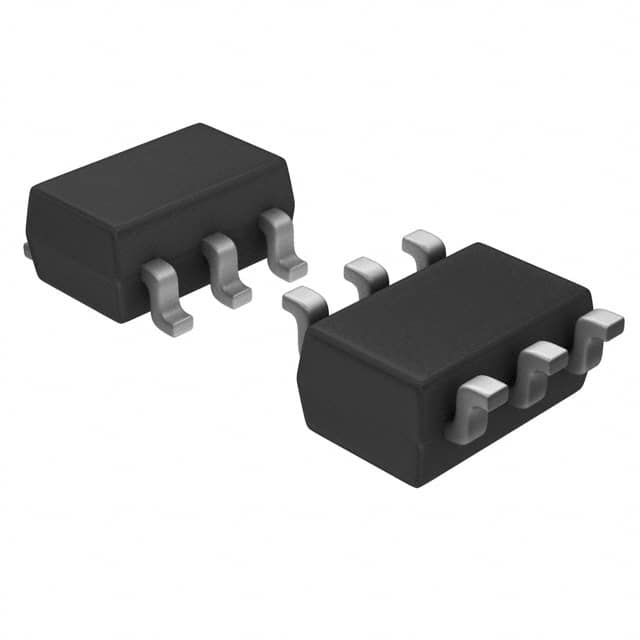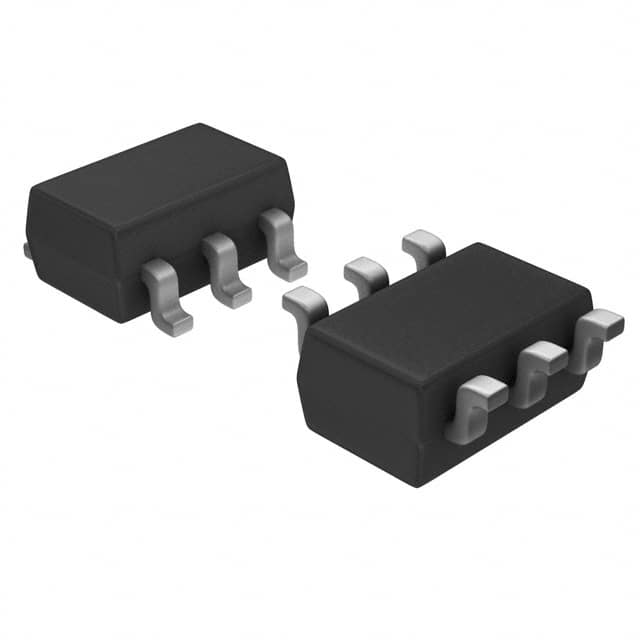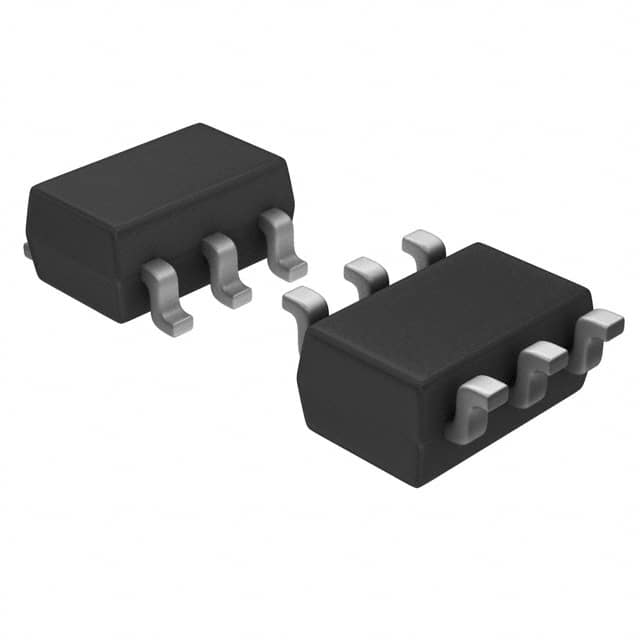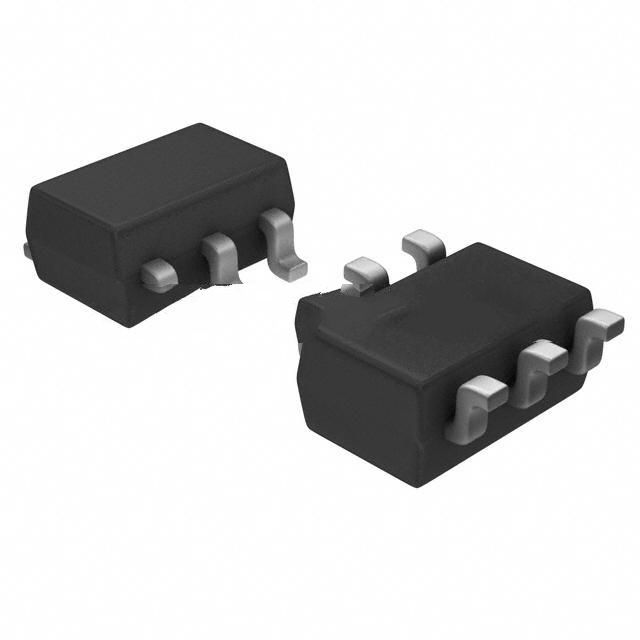TPS3307-33DRG4 Product Introduction:
Texas Instruments Part Number TPS3307-33DRG4(PMIC - Supervisors), developed and manufactured by Texas Instruments, distributed globally by Jinftry. We distribute various electronic components from world-renowned brands and provide one-stop services, making us a trusted global electronic component distributor.
TPS3307-33DRG4 is one of the part numbers distributed by Jinftry, and you can learn about its specifications/configurations, package/case, Datasheet, and other information here. Electronic components are affected by supply and demand, and prices fluctuate frequently. If you have a demand, please do not hesitate to send us an RFQ or email us immediately sales@jinftry.com Please inquire about the real-time unit price, Data Code, Lead time, payment terms, and any other information you would like to know. We will do our best to provide you with a quotation and reply as soon as possible.
Introducing the Texas Instruments TPS3307-33DRG4, a cutting-edge voltage supervisor designed to provide reliable and efficient power management solutions. With its advanced features and versatile application fields, this product is set to revolutionize the electronics industry.
The TPS3307-33DRG4 boasts a wide input voltage range of 2.5V to 40V, making it suitable for a variety of applications. Its precision voltage reference ensures accurate monitoring and control, while its low quiescent current of only 10µA minimizes power consumption. Additionally, the device offers a fixed threshold voltage of 3.3V, providing stable and consistent performance.
This voltage supervisor is equipped with a built-in watchdog timer, enabling it to detect and respond to system failures promptly. Its open-drain output can be easily connected to a microcontroller or other devices for seamless integration. Furthermore, the TPS3307-33DRG4 features a wide operating temperature range of -40°C to 125°C, making it suitable for harsh environments.
The TPS3307-33DRG4 finds applications in various fields, including automotive, industrial, and consumer electronics. It can be used in automotive systems to monitor battery voltage and ensure safe operation. In industrial applications, it can provide voltage supervision for critical equipment, preventing damage and downtime. Additionally, it can be utilized in consumer electronics to enhance power management and improve overall system reliability.
In conclusion, the Texas Instruments TPS3307-33DRG4 is a versatile and high-performance voltage supervisor that offers precise monitoring, low power consumption, and wide application possibilities. With its exceptional features, this product is set to elevate power management solutions to new heights.
Pmic-supervisors (Power Management Integrated circuit-Supervisors) is a highly Integrated Circuit component, which can detect key parameters such as voltage, current and temperature of the power system in real time, and take corresponding protective measures when necessary. To ensure the stable operation of the power system and the safety of the equipment. PMIC monitors usually integrate a variety of functions, such as overvoltage protection, undervoltage protection, overtemperature protection, etc.
Application
Pmic-supervisors (Power Management Integrated Circuit-Supervisors), as a key component of electronic equipment, is mainly responsible for real-time monitoring and adjusting the status of the power system, ensuring stable voltage and current, efficient battery management, and providing multiple protection functions. Its wide range of applications, covering mobile devices, consumer electronics, automotive electronics and industrial control and other industries, to ensure the stable operation of equipment and extend the service life.
FAQ about PMIC - Supervisors
-
1. What is PMIC in embedded systems?
PMIC plays a very important role in embedded systems. It is responsible for monitoring and controlling the power status of the system, can manage multiple power rails, and provide functions such as voltage regulation, battery charging, and power sequencing. Through these functions, PMIC ensures stable operation of the system and effective use of power.
Depending on the functions and applications, PMIC can be divided into the following basic categories: linear regulators, switching regulators, battery charging management, DC/DC converters, and multi-phase power management. These categories help meet the diverse needs of different electronic devices for power management.
-
2. What is a power monitor?
A power monitor is a device used to monitor the power status. It can monitor the voltage, current, temperature and other parameters of the power supply in real time, and issue alarm information in time to help users detect power failures in time and ensure the stable operation of the equipment.
The main functions of the power monitor include:
Improving the reliability and stability of the power system: By monitoring the voltage, current, power, frequency and other parameters of the power system in real time, timely discovering and alarming the power system's faults, abnormalities, overloads, short circuits, etc., to prevent power system failures from causing equipment downtime or data loss.
Optimizing the operating efficiency of the power system: Monitoring data can help optimize the operation of the power system, improve energy utilization, and reduce energy consumption and costs.
Provide real-time monitoring data and reports: The power parameters are collected by sensors, the monitor processes the data and issues an alarm, and the data transmission device transmits the monitoring data to the host computer or cloud server. Managers can perform real-time monitoring and data analysis, provide data reports and decision support.
-
3. What are the characteristics of PMIC?
The main features of PMIC include high integration, high efficiency, high reliability and intelligent management. PMIC, or power management integrated circuit, achieves high integration by integrating multiple power management functions into one chip, thereby improving the efficiency of multi-power application scenarios and reducing the volume. It not only includes traditional multi-channel power output, but also integrates multiple functions such as power supply, battery management, charging management and power consumption management, providing stable power for electronic devices and managing and controlling batteries.
Specifically, PMIC has the following features:
High integration PMIC integrates multiple power management functions into one chip, which improves efficiency and reduces size, and is suitable for a variety of power application scenarios.
High efficiency PMIC has a high-efficiency power conversion function, supports multiple conversion forms such as buck, boost and buck-boost, and ensures stable power supply for the device.
High reliability PMIC has built-in multiple protection mechanisms, such as overcurrent protection, overtemperature protection and short-circuit protection, to ensure the safe operation of the device.
Intelligent management PMIC can dynamically adjust power consumption according to the operating status of the device, provide intelligent power management, and is suitable for various smart devices and IoT applications.
 Lead free / RoHS Compliant
Lead free / RoHS Compliant












